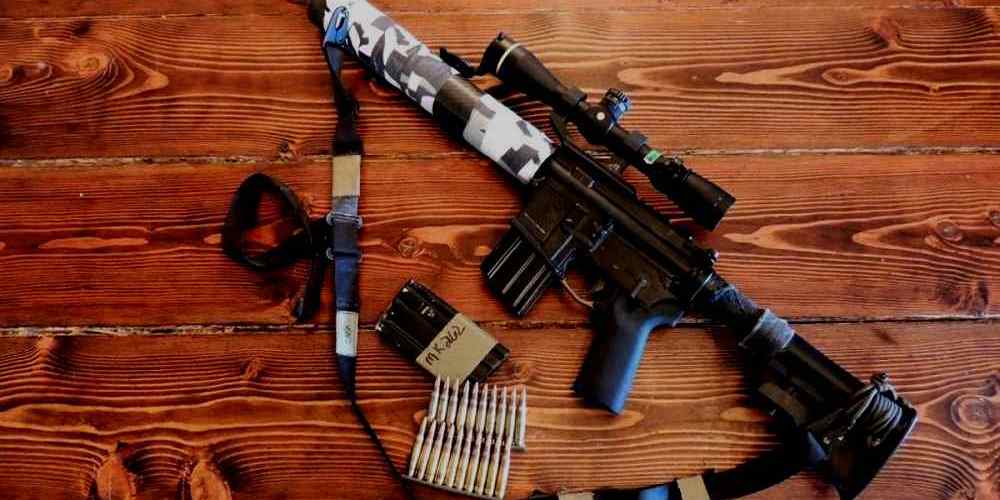How to Improve Trigger Control on an AR-15
Trigger control is a critical aspect of marksmanship when shooting an AR-15 or any other firearm. It directly impacts your accuracy and precision, making it essential to master this skill. In this article, we will discuss various techniques and tips to help you improve your trigger control on an AR-15.
Understanding Trigger Control
Before we delve into how to improve trigger control, let’s first understand what trigger control entails. Trigger control refers to the technique of smoothly and consistently pressing the trigger without disturbing the sight alignment. It involves applying gradual pressure on the trigger until the shot breaks without causing any jerking or flinching.
Proper Finger Placement
One of the fundamental aspects of good trigger control is proper finger placement on the trigger. Your finger should be positioned on the trigger pad, not the joint. Placing your finger too far into the trigger guard can lead to pulling the shot off target. Ensure that your finger is positioned comfortably on the trigger pad for optimal control.
Consistent Pressure
Consistent pressure is key to maintaining proper trigger control. Avoid jerking or slapping the trigger, as this can cause your shots to go off target. Instead, apply steady and even pressure on the trigger until the shot breaks. Practice smooth and deliberate trigger presses to improve your consistency.
Practicing Dry Firing
Dry firing is an effective way to enhance your trigger control skills without using live ammunition. It allows you to focus solely on your technique and identify any flaws in your trigger press. Make sure your AR-15 is unloaded and follow all safety protocols before practicing dry firing exercises.
- Find a safe and secure location for dry firing practice.
- Aim at a specific target or spot on a wall to simulate shooting conditions.
- Practice smooth and consistent trigger presses while maintaining sight alignment.
- Observe any movement or deviation in your sight picture during dry firing.
- Mentally note any errors and work on correcting them in subsequent dry fire sessions.
Utilizing Shot Timers
Shot timers are valuable tools for improving trigger control by measuring your reaction time and shot placement. They provide instant feedback on your performance, allowing you to track your progress over time. Incorporate shot timers into your training regimen to enhance your speed and accuracy.
- Select a suitable shot timer that meets your training needs and budget.
- Set up targets at varying distances to challenge yourself during timed drills.
- Practice engaging targets quickly while maintaining proper trigger control.
- Analyze your shot times and accuracy to identify areas for improvement.
- Create training drills based on shot timer data to address specific weaknesses in your trigger control.
Seeking Professional Instruction
Improving trigger control requires guidance from experienced professionals who can provide personalized feedback and instruction. Consider enrolling in marksmanship courses or seeking one-on-one training with qualified instructors to refine your shooting skills. Professional guidance can help you overcome challenges and accelerate your progress in mastering trigger control.
Conclusion
In conclusion, mastering trigger control on an AR-15 is essential for achieving accuracy and precision in shooting. By understanding the principles of proper finger placement, consistent pressure, practicing dry firing, utilizing shot timers, and seeking professional instruction, you can enhance your skills and become a more proficient shooter. Remember that improving trigger control takes time and dedication, so continue practicing regularly to refine your technique and elevate your marksmanship abilities.



